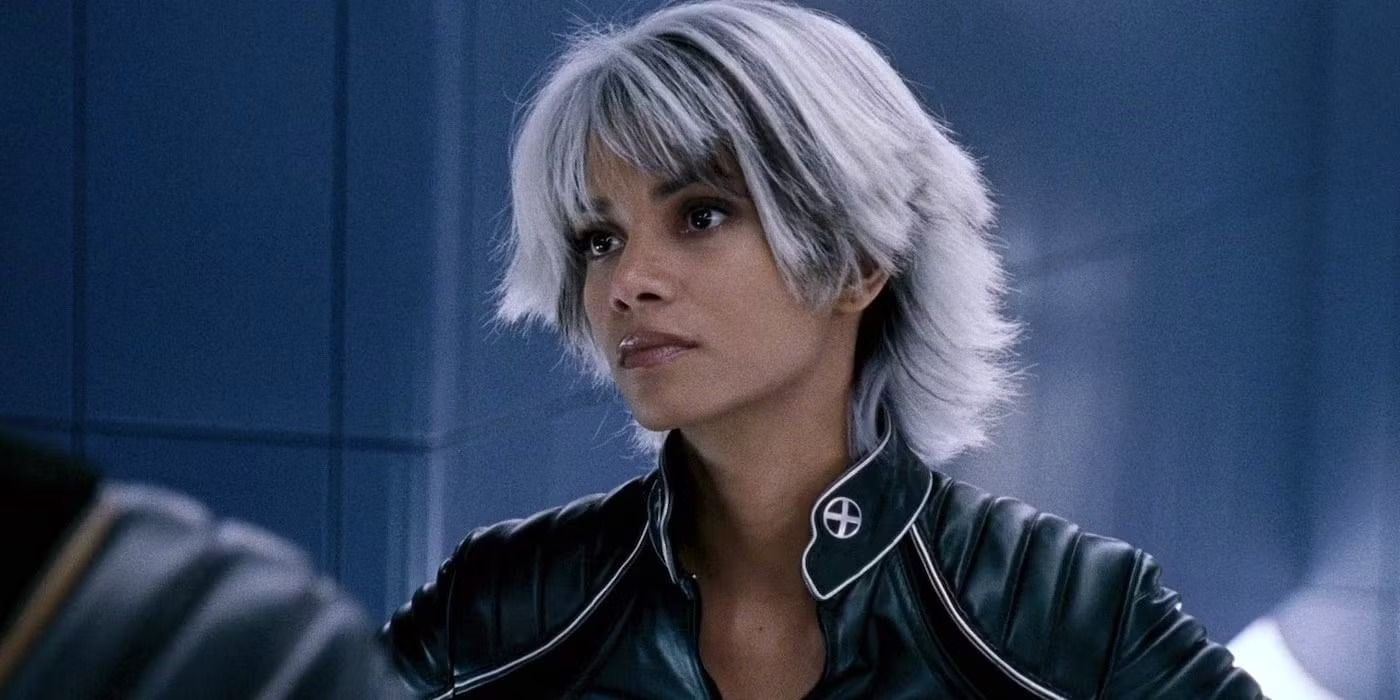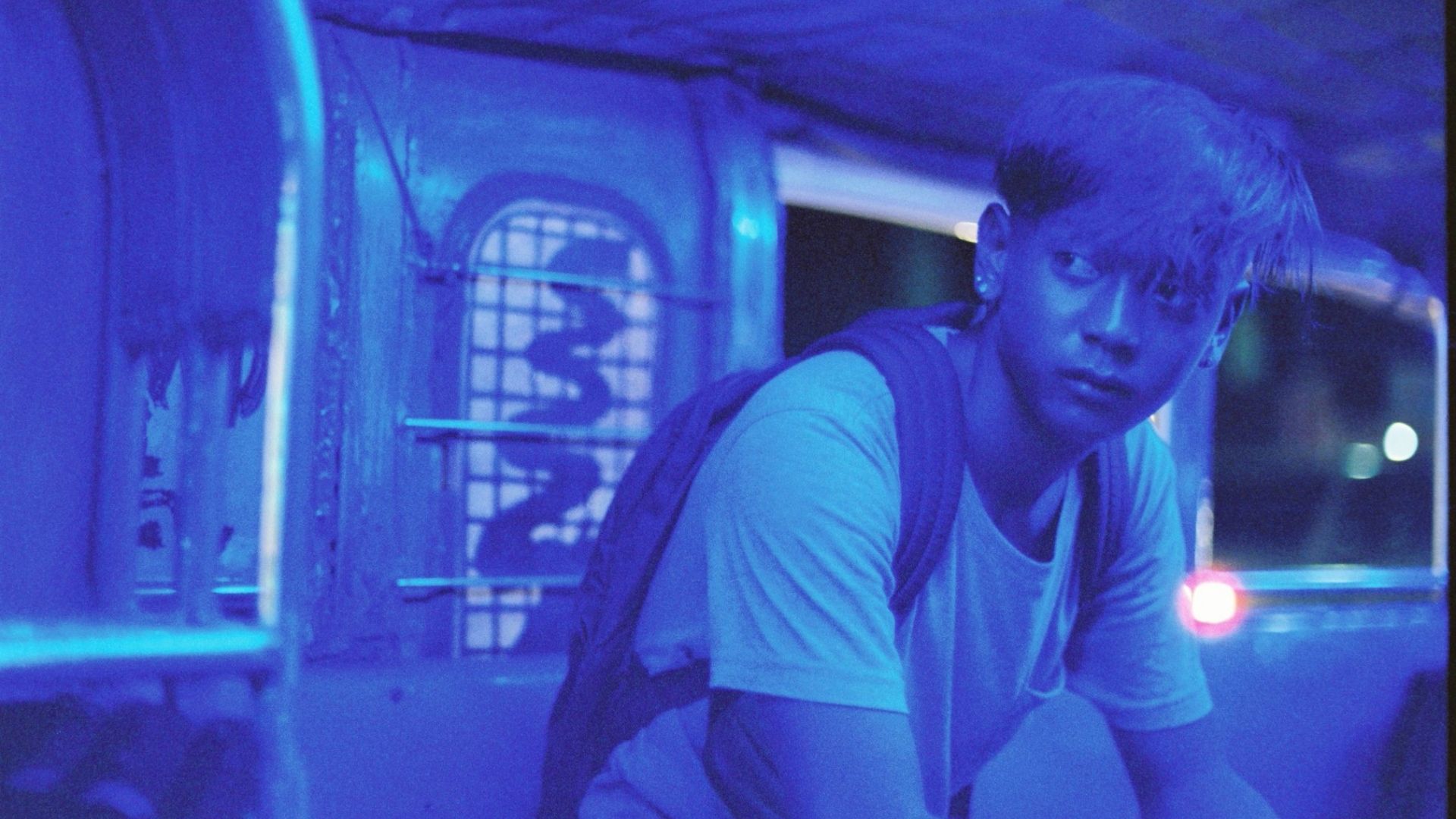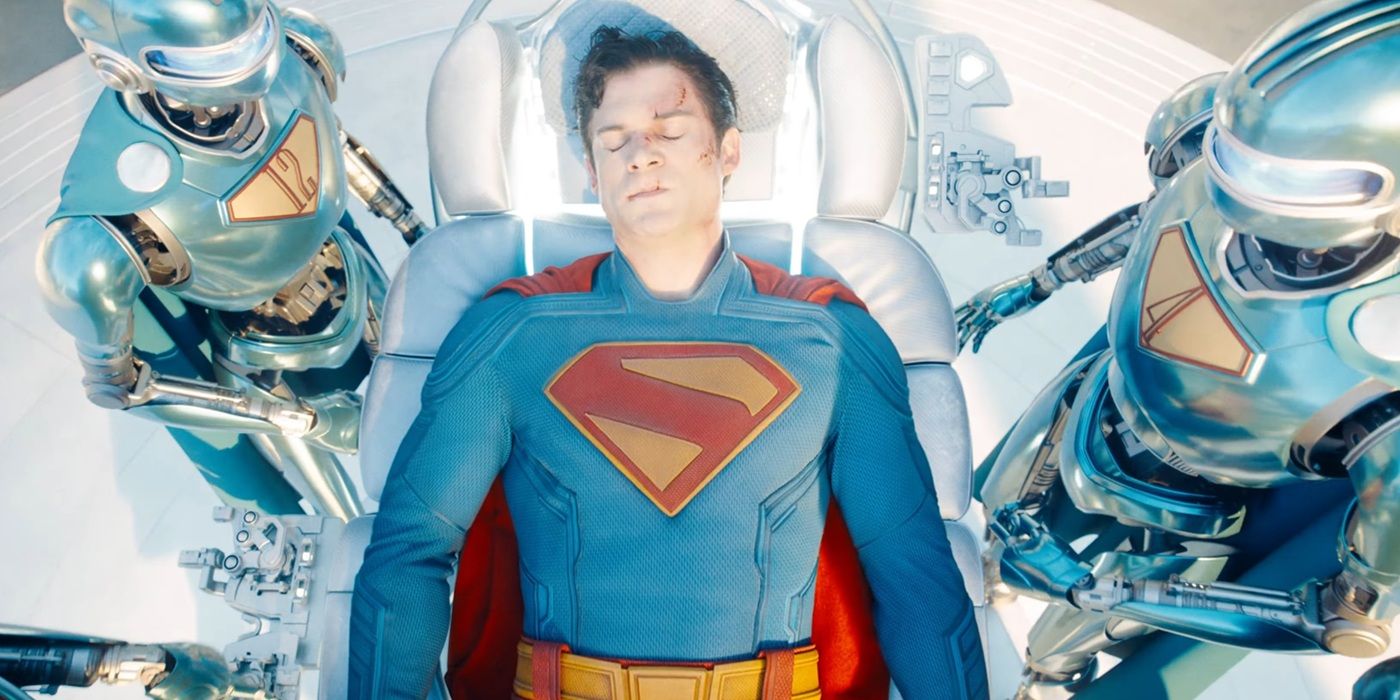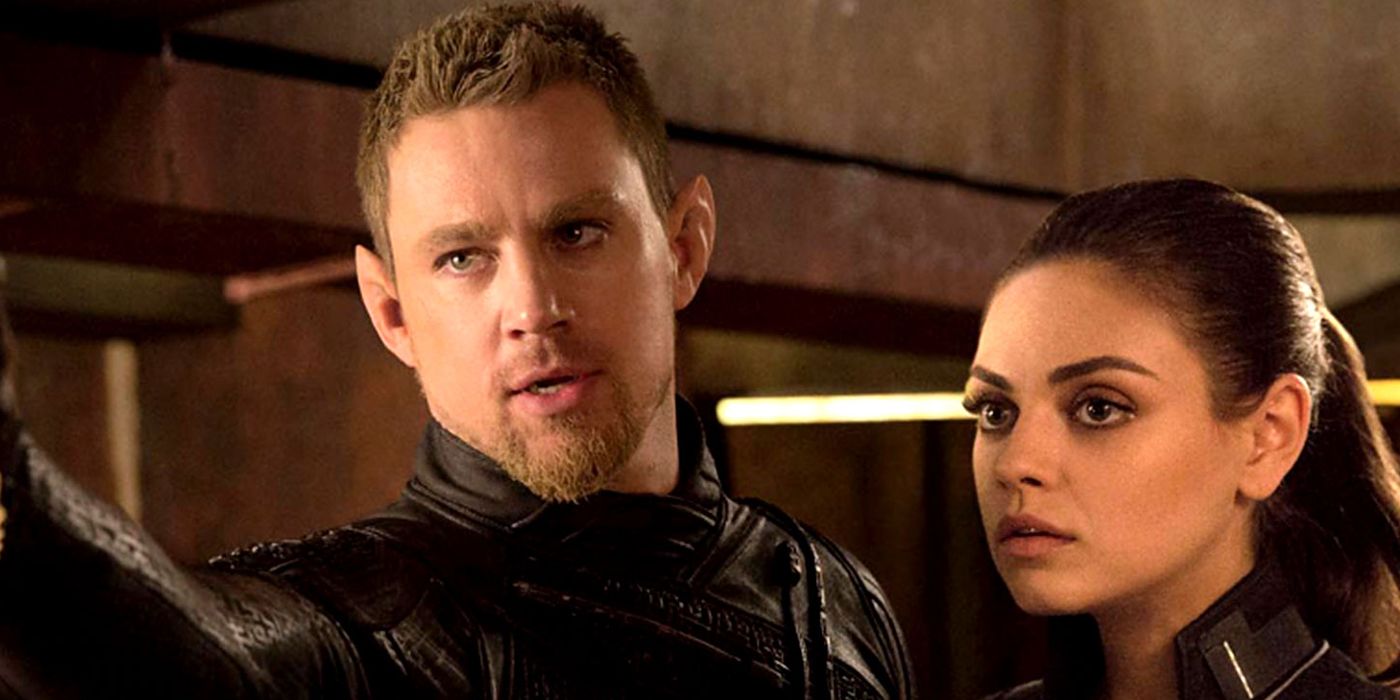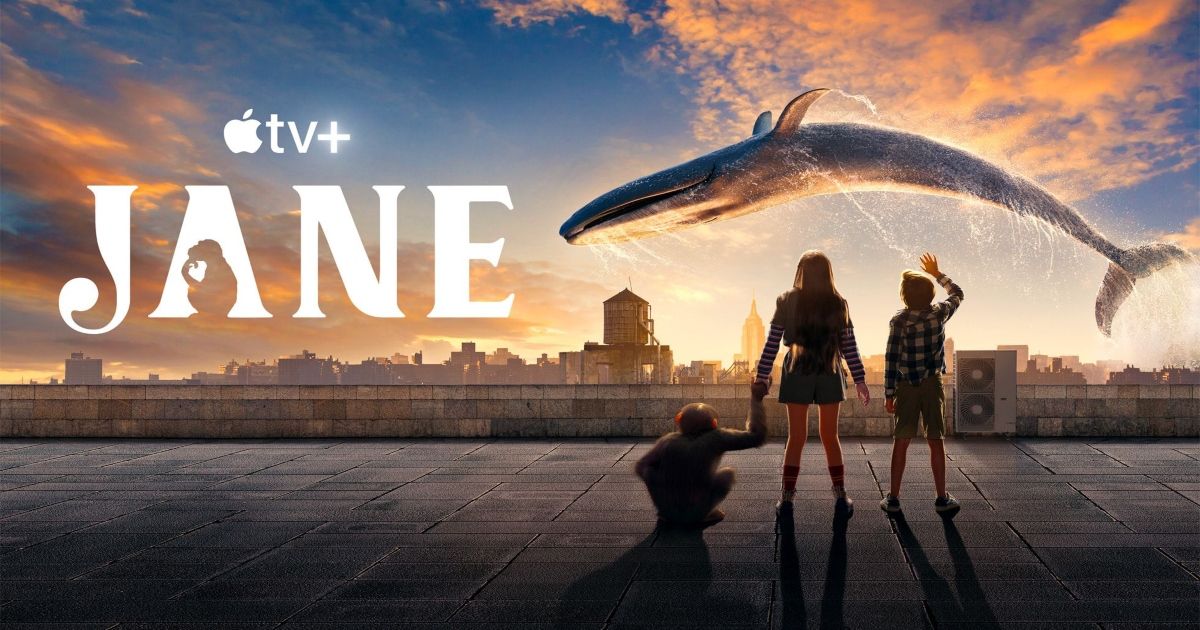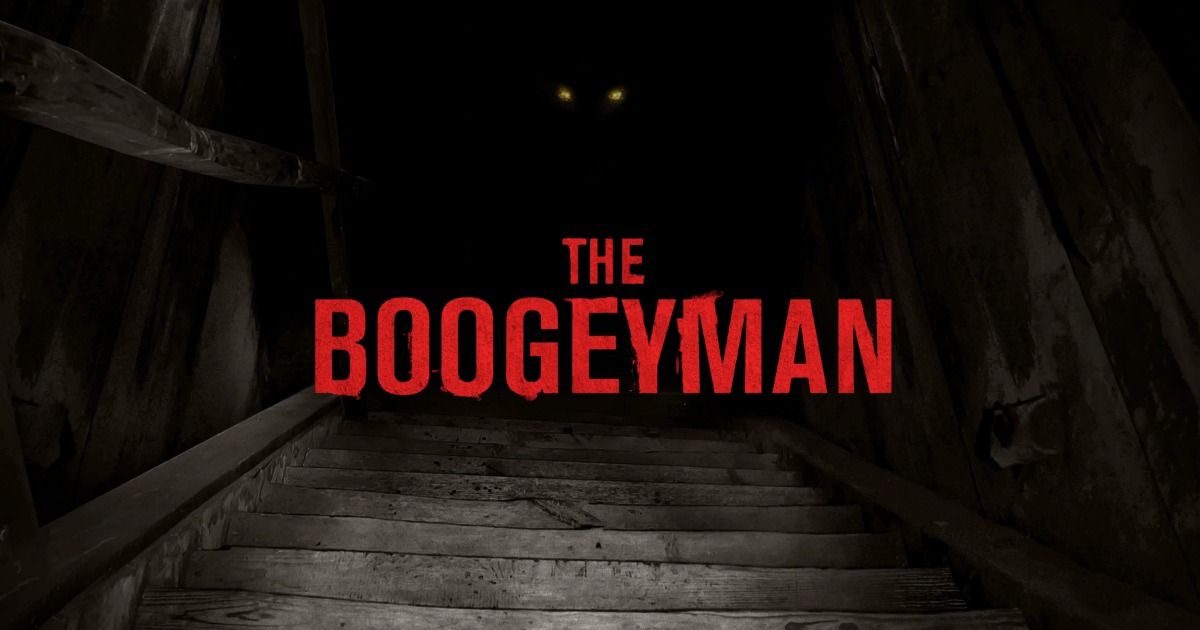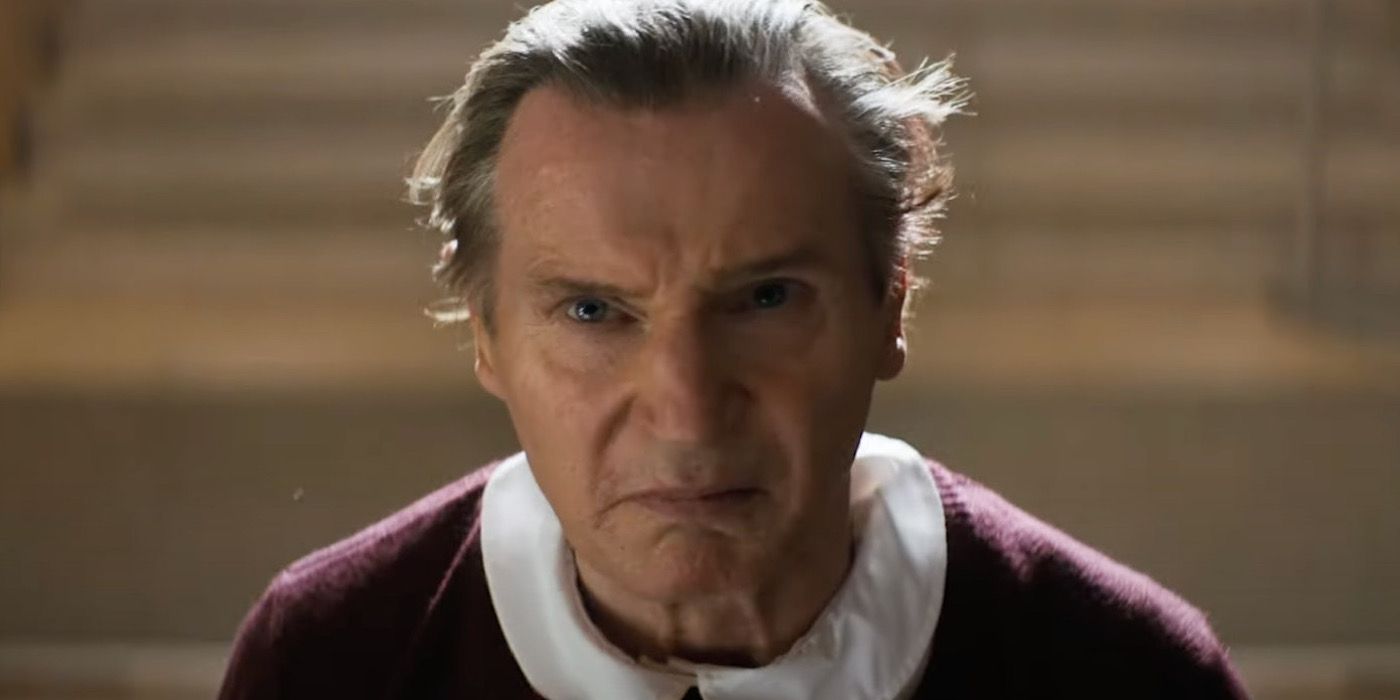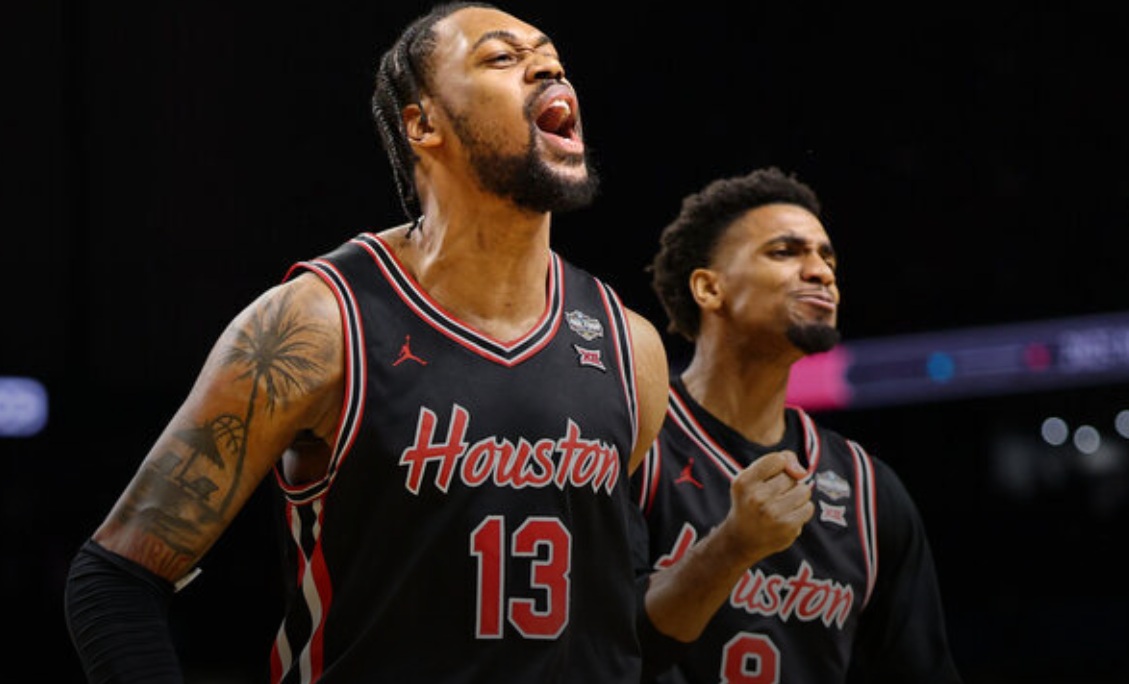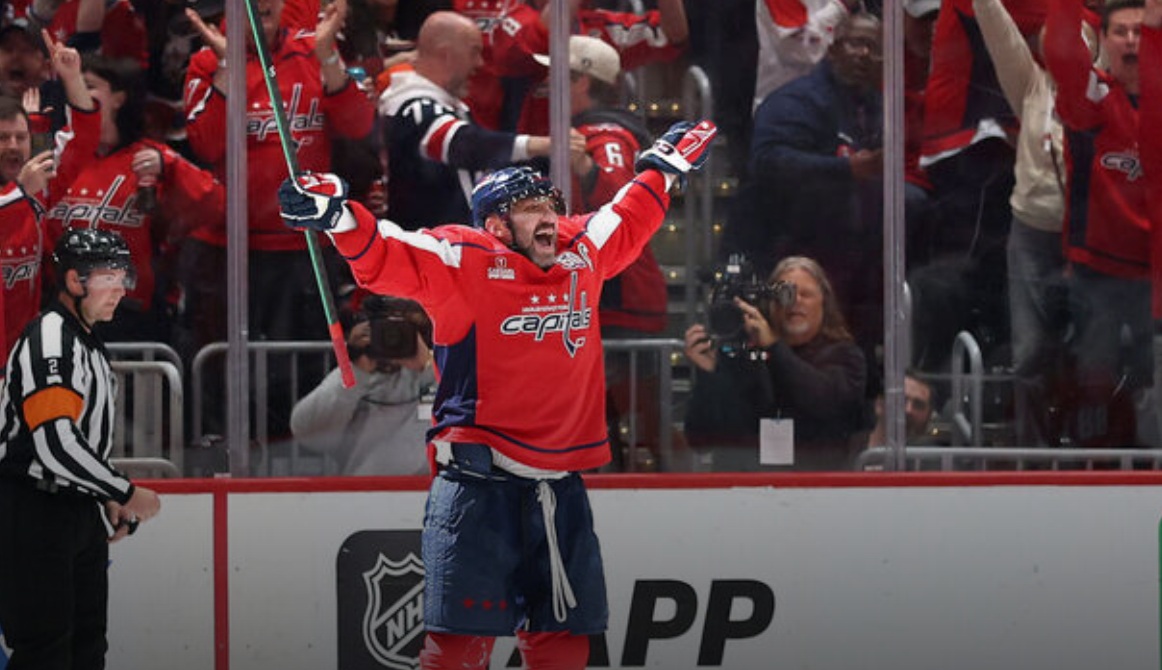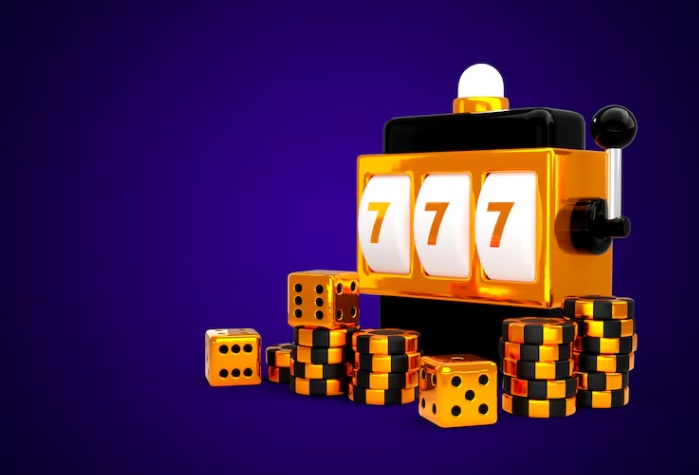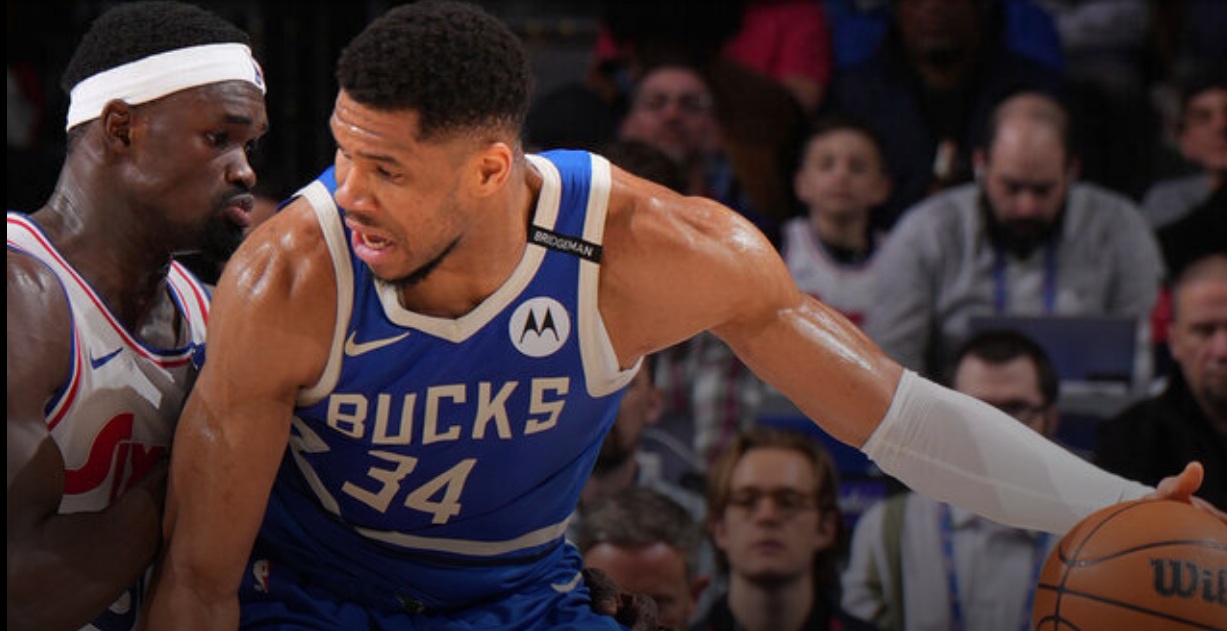Berger’s story, adapted from the graphic novel by Sara Varon, uses the immediate cuteness of a wholesome, lonely dog looking for a new friend to slowly break down its themes. Its first act is funny and endearing, in which Dog and Robot bond in a series of events often accompanied by the boogie of “September.” Most of all, it is about a connection that can change two souls. No words are used, and it’s easy to imagine how the movie would lose its ability to be projected on if the characters were to articulate their thoughts with words. Instead, it’s in the feeling of how Dog and Robot both, in their own way, learn to smile. Or later on, learn heartbreak.
One fateful day, Dog and Robot go to the beach, and Robot gets into the water, splashing around. Dog doesn’t consider how this could mess with Robot’s mechanics, and it causes him to more or less shut down, although Robot can lie there. The two are then separated by time—it’s the last day on the beach, and when Dog leaves to go get help, he learns soon after that the boardwalk is chained up until next summer. The two have to wait for each other while having different daydreams about their bonds. But they must also be open to the different harmful and fruitful beings who cross their respective paths.
“Robot Dreams” is practically made to be a break for adults from heavier storylines, or in the case of a venue like the Chicago International Film Festival, crushing festival schedules. Its pacing has a welcoming lightness, even when it sometimes can push the limits to how much its respective characters’ daydreams—which hit like fake-outs—can be used. Its 2D style brushes up against the feeling that it’s not advancing the format so much as providing a more adult break from it. Still, the visual contrast is often captivating: the blocky simple construction of the gray Dog, Robot, and other beings, then contrasted with heavily detailed settings down to ridges in junk piles or knick-knacks in a store. Berger’s visual storytelling is assured and compelling enough, especially as “Robot Dreams” offers a more intricate perspective on Dog and Robot’s relationship.
You can view the original article HERE.


